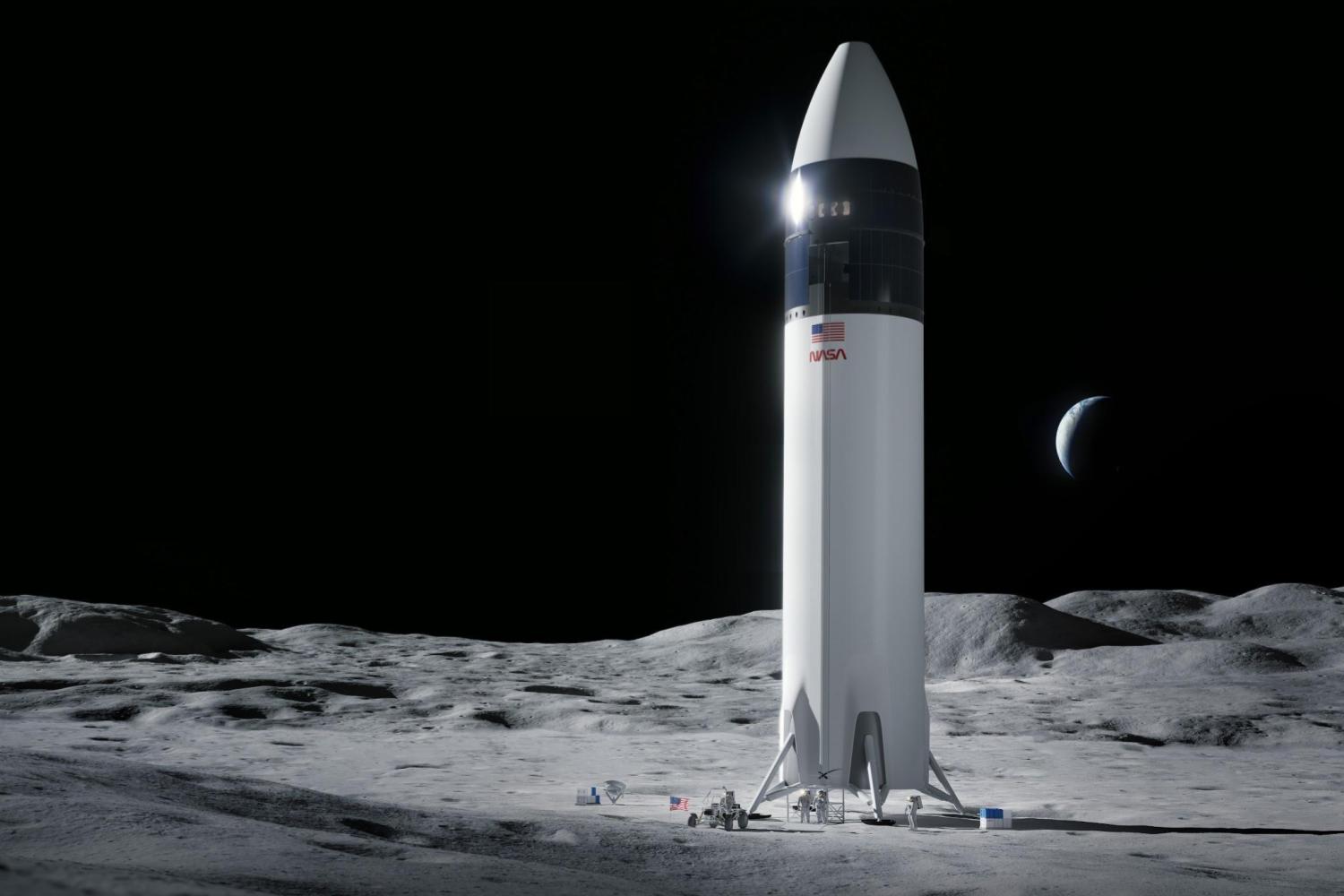This Tuesday evening the space industry had its eyes fixed on a small town in the depths of Texas, on the Mexican border, Boca Chica. It is from this strategic point that SpaceX’s mega-rocket “Starship” took off. This sixth flight left Earth at 10 p.m. French time.
The objective was then twofold for Elon Musk’s company. Under the eyes of new President-elect Donald Trump, the rocket was to leave Earth before splitting in two. The “Super Heavy” first stage was then to return to Texas to be “caught” by robotic arms next to the launch area.
If this very complex maneuver had already been successful during the 5th flight last October, the SpaceX teams finally gave up on this stage of the flight on November 19. All the conditions were not met to try to recover the first stage properly, SpaceX then decided to drop it in the ocean.
If this small failure is a downside for SpaceX, it is above all a reminder of the extent to which Starship’s 5th flight was a “positive anomaly” for the company which had not planned to immediately succeed in recovering its first stage. Elon Musk was the first to recognize it the day after this theft in October, his company had achieved a real feat, which would be difficult to reproduce.
Starship knows how to return to Earth
Fortunately for SpaceX, not everything went wrong on this flight. A few minutes after the missed return from the first floor, it was already time to focus on another critical moment. 38 minutes after takeoff, the Starship had to restart one of its six engines to begin its descent.
This brief ignition was to allow the ship to slow down to make it “dive” towards Earth. A very important maneuver for SpaceX because it allows the company to “deorbit” its ship. If the thrust was very weak (a change in speed of 77 km/h) this was enough to modify the trajectory of the vessel.
Thanks to this demonstration, SpaceX should receive authorization to fly into orbit for its Starship spacecraft in the coming days. The company plans to use it in the coming years to launch satellites and carry out resupply or space tourism missions in space.
In the longer term, NASA plans to use Starship to go to the Moon (with the Artemis 3 mission). It is the SpaceX vessel which will be responsible for the descent to our satellite and the entire return part of the mission. It was therefore crucial to verify whether or not the rocket was able to return to Earth safely.
🟣 To not miss any news on the WorldOfSoftware, , .











